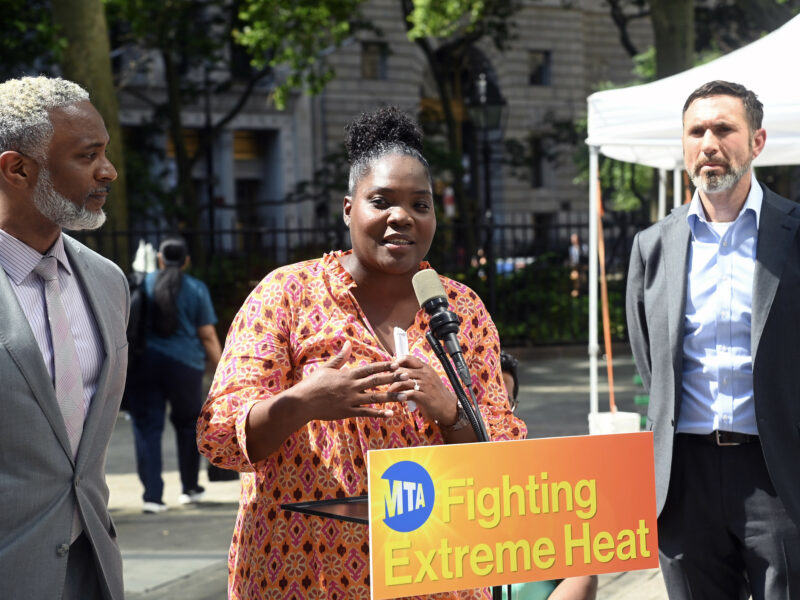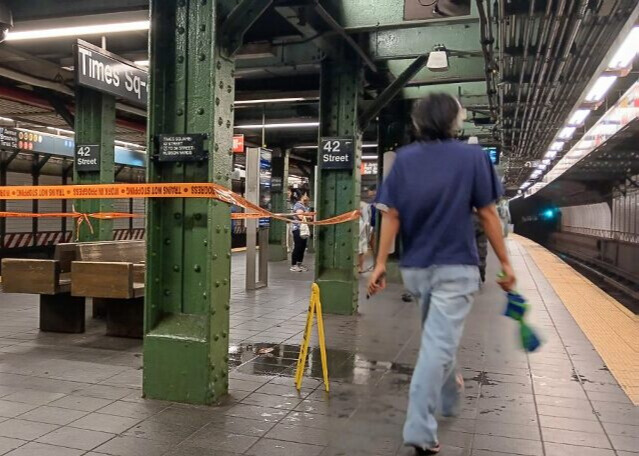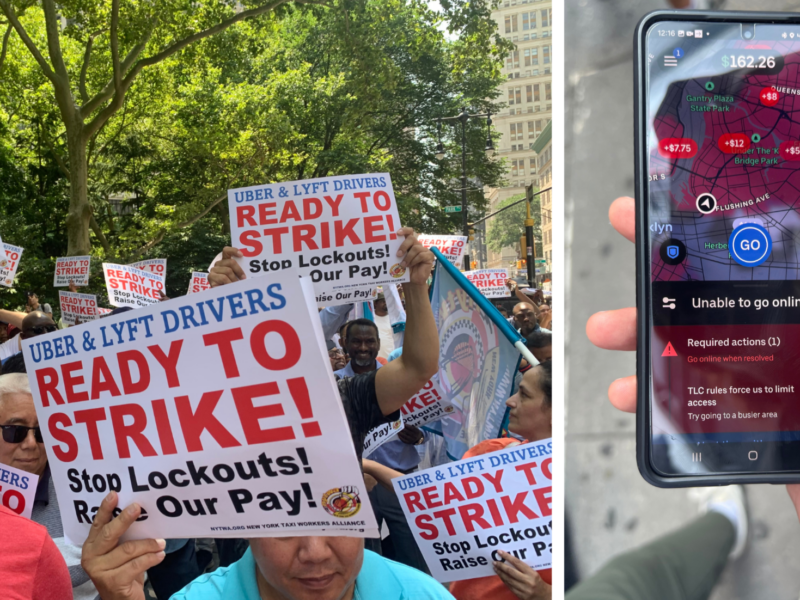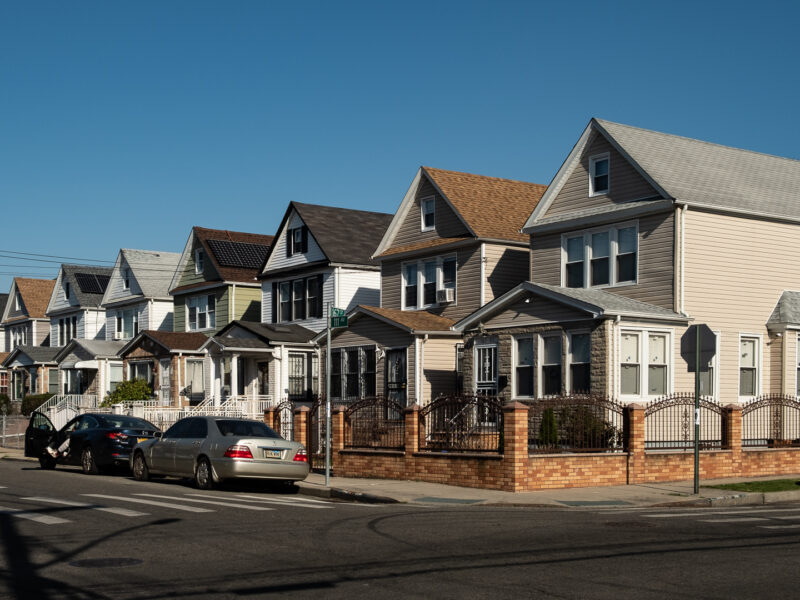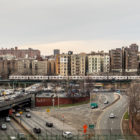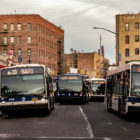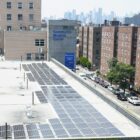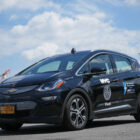In the face of climate change, the MTA must deal with excessive heat in its subway system and find ways to keep over 3 million daily riders cool.
Government
What’s at Stake for the Environment in Hochul’s Decision to Halt Congestion Pricing
Mariana Simões |
The MTA says losing the revenue generated from congestion pricing could create a domino effect that impacts a series of climate resiliency projects, like fortifying the subway system from flooding and extreme heat.
Citywide
NYCHA Explains Newly Plugged-In Policy on E-Bikes and Scooters
Tatyana Turner |
Nearly four months in, NYCHA broke down its lithium-ion battery rules and the potential consequences for noncompliance.
Bronx
Opinion: Let the Bronx Breathe—Address the Cross Bronx Expressway’s Impact on Asthma
Dr. Ananna Kazi and Dr. Sarah Shidid |
“It is heartbreaking for us to see our patients struggling to breathe, knowing that their environment plays a role in their suffering—a factor beyond their control.” Adi TalwarA view of Jerome Avenue with its elevated 4 train and the Cross Bronx Expressway from the Grand Concourse. CityViews are readers’ opinions, not those of City Limits. Add your voice today! Much of the media spotlight has focused on the adverse health consequences of climate change, but while well-documented, relatively less attention has been given to the negative health impacts of structural racism.The effects of systemic racism have made citizens in the Bronx become prisoners of their own environment, affecting their health significantly.
CITY VIEWS: OPINIONS and ANALYSIS
Opinion: New York’s So-Called ‘Clean Fuel Standard’ Is Anything But
Stephan Edel |
“If New York follows California’s lead on this, we risk running into one of the biggest concerns arising from the program—an oversupply of credits from renewable diesel and dairy biogas that negatively disrupts fuel prices and floods methane emissions into the atmosphere.”
ARTS and CULTURE
Opinion: Free NYC’s Block Parties from Suffocating Red Tape
Jackson Chabot, Elana Ehrenberg and Rebecca Macklis |
As warm weather returns and the summer approaches, we are reminded that the streets, sidewalks, parks, and plazas of New York City are our civic commons. New Yorkers should be able to dance in the streets, sidewalks, and curbs if they want to.
Brooklyn
Opinion: Clean Air Legislation Offers a Road to Justice for New York
Marcela Mitaynes and Elizabeth Yeampierre |
“Passing this legislation before the end of the session allows legislators to implement a transformative emission reduction strategy, significantly improving air quality for their constituents, especially for communities living and working along bus routes and near bus depots.”
Boroughs
Opinion: Proposed Vending Bill Would Hamper City’s Sidewalks
Erin Piscopink and Robert J. Benfatto |
“Vending is a commercial enterprise that creates private income. Sidewalks are for all of us, and until now the city has sought to ensure that all those items that encroach on pedestrian space constitute a public service, such as parking meters, trees, and fire hydrants.”
CITY VIEWS: OPINIONS and ANALYSIS
Opinion: Embracing Progress―Reflecting on the City’s Role in New York’s Sustainable Future
Sana Barakat |
“Setting our sights on the future, I am confident in the city’s ability to not only catch up with, but actually surpass Local Law 97’s next target: a 50 percent carbon emission reduction goal by fiscal year 2030.”
CITY VIEWS: OPINIONS and ANALYSIS
Opinion: New York City’s Young People Need Spaces of Their Own
Molly Delano |
“By engaging students in conducting research and advocacy in the process of creating and running programs, and maintaining the street itself, schools can turn Open School Streets into canvases for students to reimagine what their communities can and should look like.”
Government
Budget Cuts Could Make it Harder for NYC Govt to Reduce Its Carbon Footprint
Mariana Simões |
The government agency tasked with ensuring city owned buildings and vehicles don’t contribute to climate change is facing a $1 billion cut to its preliminary capital commitment plan. Of those, $775 million directly impacts environmental efforts.


